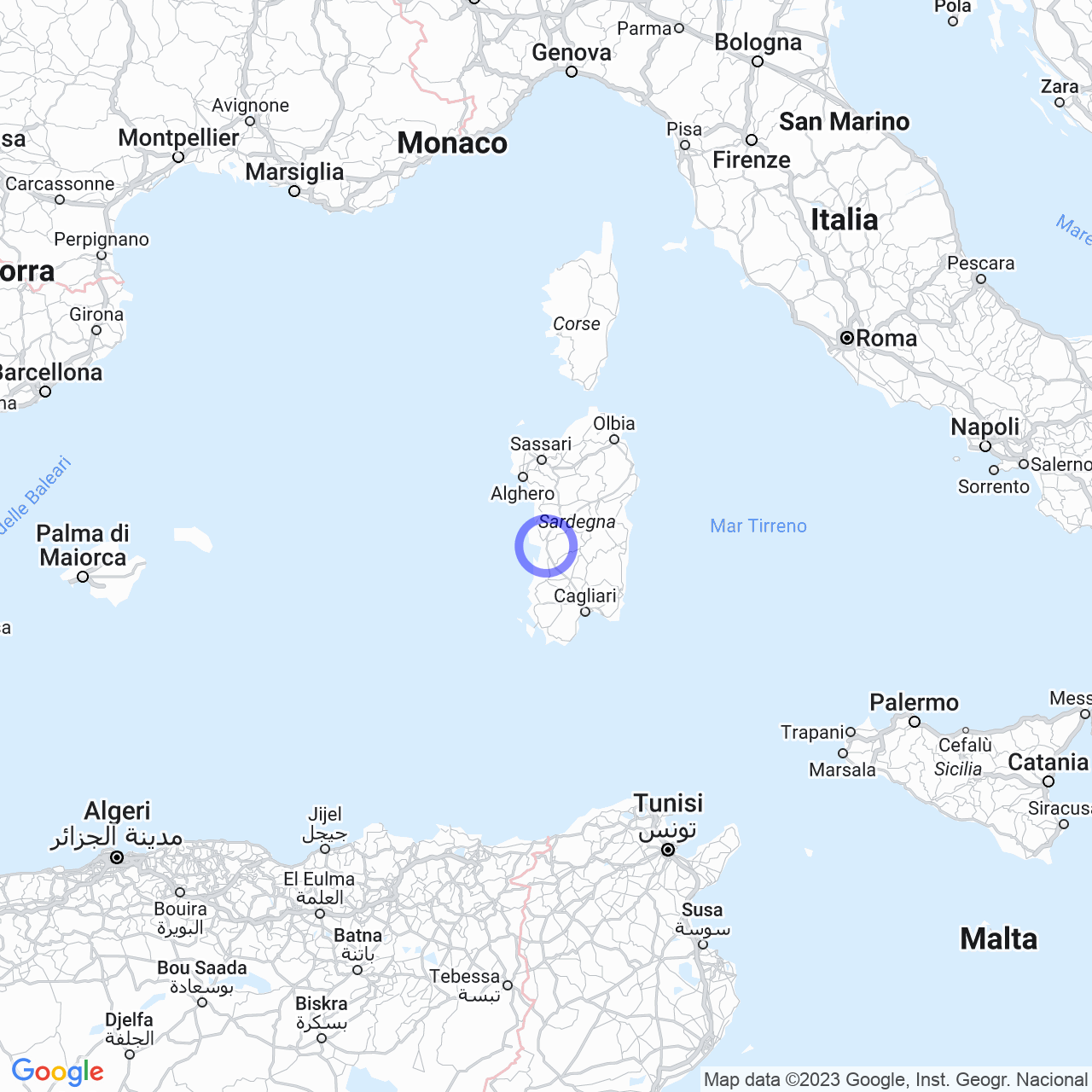Santa Giusta
Santa Giusta: a city with ancient roots
Santa Giusta is a small municipality with 4,727 inhabitants located in the province of Oristano, in Sardinia. The city has ancient roots, founded by the Phoenicians in the 8th century BC under the name of "Othoca". However, the city also has evidence of the Bronze Age with various nuraghi scattered throughout its territory.
Later passed to the Romans with all of Sardinia and Corsica, the city became a center of Christianity and in 130 AD, under the empire of Hadrian, the saints Giusta, Giustina, and Enedina were martyred. Following the fall of the Western Roman Empire, Othoca was progressively abandoned. In the Middle Ages, the population moved near the Romanesque church of Santa Giusta.
Historical evolution of Santa Giusta
The village of Santa Giusta was part of the Giudicato of Arborea, in the curatoria of the Campidano of Simaxis, and at the fall of the Giudicato (1410) became part of the Marquisate of Oristano. It then began to be incorporated into the Aragonese Kingdom of Sardinia from 1478, after the defeat of the last marquis, Leonardo Alagon. Unfortunately, the city was depopulated due to the continuous Barbarian raids, due to its proximity to the sea, which led to frequent attacks and plunder.
Starting from the 11th century, Santa Giusta was the seat of the Diocese of Santa Giusta, whose bishop Hugh was sent in 1164 to Pavia to meet with Frederick Barbarossa by the judge of Arborea Barisone I to obtain the emperor's investiture as King of Sardinia. In 1226, an important synod of the Sardinian Church was held there for the implementation of the reforms decreed by the Fourth Lateran Council.

Symbols of the city
The coat of arms and flag of the Municipality of Santa Giusta were granted by the President of the Republic on November 15, 2006. The flag is a yellow cloth with a green border.
Monuments and places of interest
Among the main monuments and places of interest in Santa Giusta, we find the Basilica of Santa Giusta, the Church of Santa Severa, and the Roman Bridge. For nature lovers, the city offers the Acquafrida Forest.
Sociocultural aspects
Regarding the demographic evolution of the city, there has been an increase in population, from 1,862 in 1961 to 4,727 in 2019. The main language spoken in Santa Giusta is Campidanese-Oristanese Sardinian.
Administration of the city
The list of mayors of Santa Giusta dates back to 1866, with the first election by reserved vote for those who paid taxes. Among the most important mayors, we remember Garau Antonio, Maxia Francesco, Figus Giovanni, Corrias Eugenio, and Matta Giovanni. From 1927 to 1947, Santa Giusta became a fraction of Oristano and the election by universal male and female suffrage was introduced.
In conclusion, Santa Giusta is a city rich in history and traditions, which has evolved over time without forgetting its roots. The city offers the visitor the opportunity to discover the culture and beauty of Sardinia, between ancient monuments and breathtaking natural scenes.
